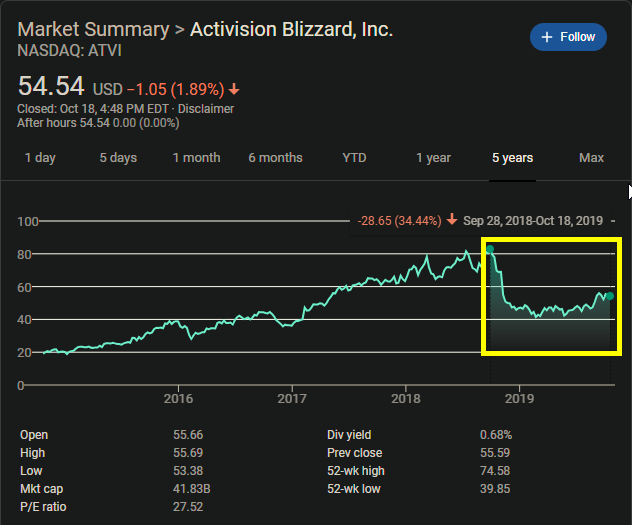How to get URL link on X (Twitter) App



 First, the choice of distribution has the greatest impact on consumer cost/value consideration. In the context of Steam versus EGS, the first example is the distribution costs leading to higher product costs versus the value that the product *and* distribution provides.
First, the choice of distribution has the greatest impact on consumer cost/value consideration. In the context of Steam versus EGS, the first example is the distribution costs leading to higher product costs versus the value that the product *and* distribution provides.

https://twitter.com/TimSweeneyEpic/status/1140385601579081730For reference, the segment of focus is pictured here:


 First, we need to ask When... Is the info backing the claim created? Is it current? Since no source is provided to back the information, we do not have any basis on how current the claim is. Red Flag #1.
First, we need to ask When... Is the info backing the claim created? Is it current? Since no source is provided to back the information, we do not have any basis on how current the claim is. Red Flag #1.
